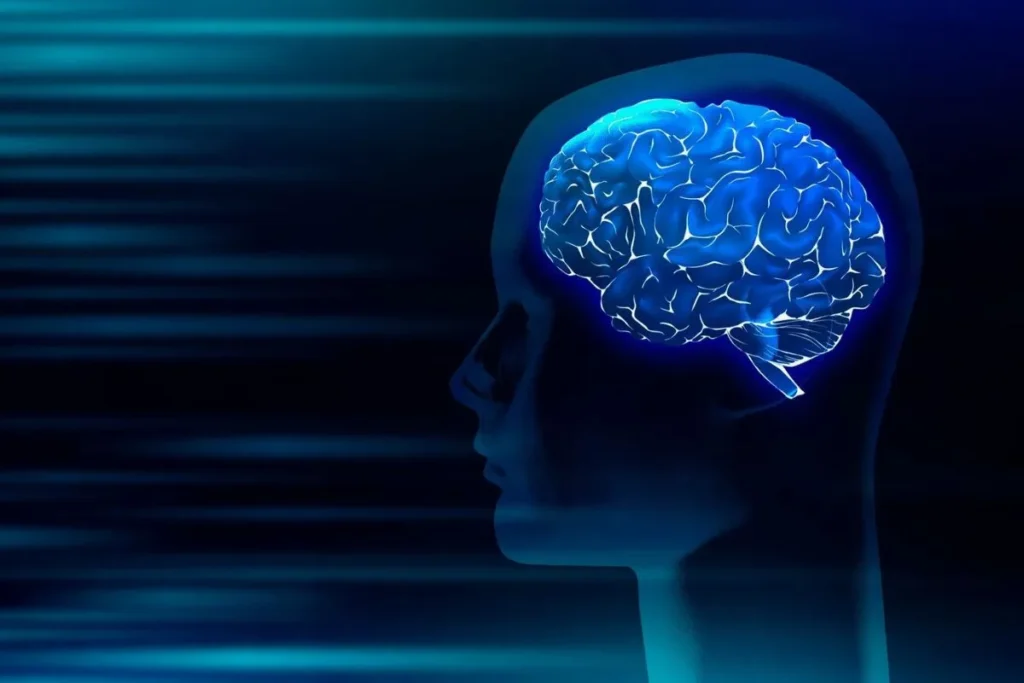Brain-Controlled Animation Tools are changing the way we create and interact with animated content. This groundbreaking technology combines neuroscience with the field of animation.
In this article, we’ll explore how these tools work and their impact on motion graphics. Discover methods and examples of brain-controlled animation tools.
This deep dive will cover the various aspects of this innovative human-machine interaction.
The Technology Behind Brain-Controlled Animation Tools
The core of Brain-Controlled Animation Tools lies in leveraging EEG technology. EEG, or electroencephalography, reads brain wave patterns.
These devices capture neural signals and translate them into digital commands. This process bridges the gap between the brain and animation tools.
Neuroscience plays a critical role in this innovation. By understanding how our brains function, developers create more intuitive animation tools.
How EEG Technology Works
EEG sensors are placed on the scalp to monitor electrical activity. These sensors capture real-time brain wave data.
The collected data is analyzed and interpreted by specialized software. This software converts brain signals into actions executed by animation tools.
This seamless integration allows animators to control elements with mere thoughts. Motion graphics become an extension of cognitive processes.
Applications of Brain-Controlled Animation Tools
Brain-Controlled Animation Tools are not limited to entertainment. They find applications in various fields, including:
- Healthcare: Assisting in therapeutic practices.
- Education: Improving interactive learning experiences.
- Art Therapy: Enabling personal expression for those with physical limitations.
These applications highlight the versatile nature of brain-controlled technologies.
Revolutionizing the Animation Industry
The animation industry is experiencing a paradigm shift. Brain-Controlled Animation Tools are democratizing creative processes, enabling a broader range of artists to participate in animation.
This innovation is transforming how animations are created and who can create them, fostering inclusivity and diversity in the field.
These tools make animation more accessible. They reduce the need for extensive physical interactions with software, allowing artists with varying physical abilities to engage fully in the creative process.
This accessibility opens up new opportunities for those who may have been previously excluded from traditional animation techniques due to physical constraints.
Animators can now focus on creative ideation. The ability to control animation tools brain-controlledly enhances efficiency and creativity, allowing for a more fluid and intuitive workflow.
This shift in focus from technical manipulation to creative expression can lead to more innovative and original content. Moreover, the reduced physical interaction with software can decrease fatigue, enabling longer and more productive working sessions.
The integration of brain-controlled tools in animation not only boosts individual creativity but also promotes collaborative projects, where multiple animators can work seamlessly together using synchronized neural inputs.
This collaborative potential could redefine team dynamics and project outcomes in the animation industry.
Examples of Brain-Controlled Animation
Several examples showcase the impact of brain-controlled technology. One notable project is ‘MindPilot,’ a collaboration between neuroscientists and artists.
In ‘MindPilot,’ users navigate a virtual world using their thoughts. The brain-controlled interface acts as a bridge between imagination and digital reality.
Another example is ‘Neurable,’ a company specializing in brain-computer interfaces. Their products enable users to interact with virtual environments brain-controlledly.
Future Prospects and Innovations
The future of Brain-Controlled Animation Tools looks promising. Continuous advancements in neuroscience and AI will enhance these tools further.
Potential innovations include more precise control mechanisms. These mechanisms will offer greater accuracy in motion graphics.
Moreover, brain-controlled animation tools may become mainstream in the next decade. They will redefine how we create and interact with animated content.
Integrating Brain-Controlled Tools in Modern Workflow
Integrating Brain-Controlled Animation Tools into modern workflows requires adaptation. Animators need training to use these new tools effectively, which includes understanding how to harness their creative potential and troubleshoot any issues that arise.
Comprehensive training programs and continuous learning opportunities will help animators stay proficient with the technology as it evolves.
Organizations must invest in necessary hardware and software. This investment is crucial for a seamless transition to brain-controlled animation and to ensure that all technical aspects function correctly.
Upgrading existing systems and providing robust support infrastructure will be essential to maximize the efficiency and capabilities of brain-controlled tools.
Additionally, ensuring compatibility with existing animation software can facilitate smoother integration into current workflows.
Additionally, collaboration between neuroscientists and animators is essential. Such partnerships will drive innovation and ensure optimal use of technology, allowing for tailored solutions that meet the specific needs of animators.
This interdisciplinary approach can lead to the development of more user-friendly interfaces and enhanced functionality. By combining the expertise of both fields, the potential of brain-controlled animation can be fully realized, paving the way for groundbreaking advancements in the industry.
Furthermore, feedback from animators using these tools can inform future developments, ensuring that the technology evolves in a way that best supports creative workflows.
This iterative process of collaboration and refinement will be key to successfully integrating brain-controlled animation tools into the industry.
Challenges and Considerations
Adopting brain-controlled tools presents challenges. The primary concern is the accuracy of brain wave interpretation.
Moreover, not all individuals produce robust brain wave patterns. This variability can affect the effectiveness of animation control.
Ethical considerations also play a role. The privacy of brain wave data must be maintained to prevent misuse.
Overcoming Barriers to Entry
To overcome these barriers, continuous research is needed. Improved EEG technology will enhance the reliability of brain-controlled tools.
Training programs for animators should be established. These programs will facilitate the learning curve associated with new technology.
Ethical guidelines should be developed. These guidelines will ensure responsible use of brain-controlled data.
Human-Machine Interaction: A New Era
Brain-Controlled Animation Tools mark the beginning of a new era in human-machine interaction. They exemplify the convergence of neuroscience and technology.
This interaction offers a more intuitive approach to animation. Cognitive processes directly influence digital creations.
The implications of this technology extend beyond animation. It represents a paradigm shift in how humans and machines interact.
Enhancing Creativity and Productivity
Brain-controlled tools enhance both creativity and productivity. Animators can focus on conceptual thinking without physical constraints.
This shift allows for rapid prototyping and iteration. Animations become more fluid and aligned with the creator’s vision.
Productivity gains arise from reduced interaction time. Brain-controlled tools streamline the animation process.
Broader Implications and Future Research
The broader implications of this technology are vast. Brain-controlled interfaces could be adapted for various domains outside animation.
Future research should focus on refining these interfaces. As understanding of the brain deepens, so will the precision of brain-controlled tools.
The ultimate goal is seamless integration of human thoughts and digital actions. This will redefine the boundaries of what is possible.
Final Thoughts on Brain-Controlled Animation Tools
Brain-Controlled Animation Tools are revolutionizing the animation industry. They offer new ways to create, interact and innovate.
As technology advances, these tools will become more precise and accessible. Animators will experience unprecedented creative freedom.
Investing in training and ethical guidelines is essential. By doing so, we can harness the full potential of this groundbreaking technology.
Ready to dive into the future of animation? Explore brain-controlled tools and redefine your creative journey. Stay ahead in the evolving world of animation.
Frequently Asked Questions
What are Brain-Controlled Animation Tools?
Brain-Controlled Animation Tools are interfaces that translate brain wave patterns into digital commands for animation tasks.
How do Brain-Controlled Animation Tools work?
They use EEG technology to capture brain wave data, which is then interpreted by software to control animation elements.
What are the applications of Brain-Controlled Animation Tools?
These tools are used in entertainment, healthcare, education, and art therapy for various interactive and therapeutic purposes.
What are the challenges of using Brain-Controlled Animation Tools?
Challenges include variability in brain wave patterns among individuals and ensuring the privacy and security of brain wave data.
How can one start using Brain-Controlled Animation Tools?
Invest in the necessary hardware and software, participate in training programs, and collaborate with experts in neuroscience and animation.




